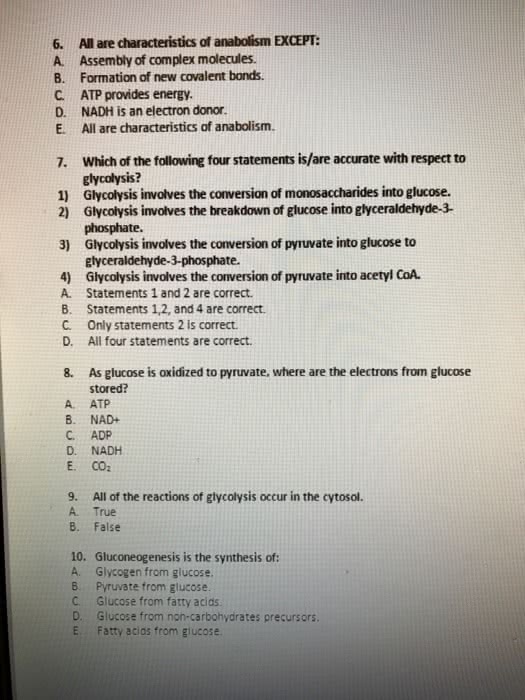NUTR 3210 Lecture Notes - Lecture 18: Oxidative Stress, Selenocysteine, Galactose
Document Summary
Superoxide dismutase (sod) uses cu, zn as an (cid:862)electron donor(cid:863) Hydrogen peroxide reacts with an electrons and glutathione perioxidase catalyzes the reaction to remove water and produce hydroxyl radical. The hydroxyl radical can attack macromolecules (dna, lipids), and can lead to cancer or cell death. Vitamin e 4 tocotrienols: unsaturated side chain (phytyl chain, nomenclature similar to tocopherols, found esterified in foods. Legumes, grains, etc: pancreatic esterase required for absorption, lower levels in food compared to tocopherols, tocotrienols have antioxidant activity in the liver only (not converted to alpha- tocopherol or recognized by ttp) Very rare (<5ug/ml plasma: pre-mature infants, seen with fat malabsorption disorders or gallbladders removed, genetic defects in lipoproteins or ttp. Ideally, no oh will be produced and water will be produced: gsh peroxidase, deficiency in selenium will render this line of defense unusable. The hydroxyl radical will take an electron from a pufa to produce water, and you now have a.




